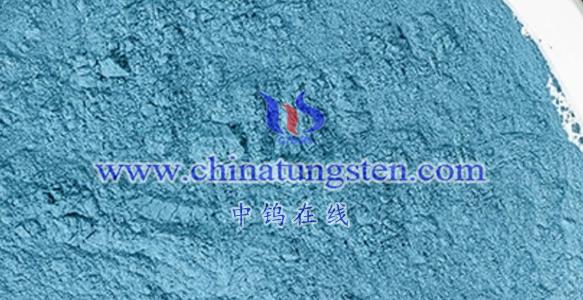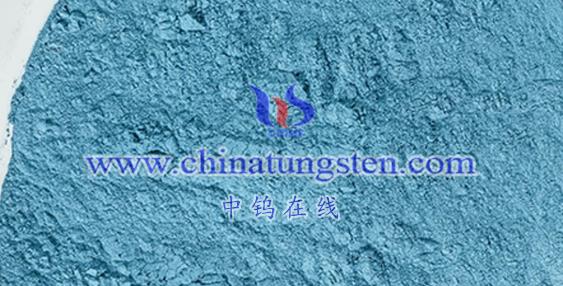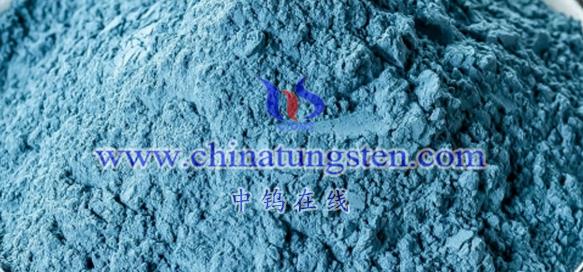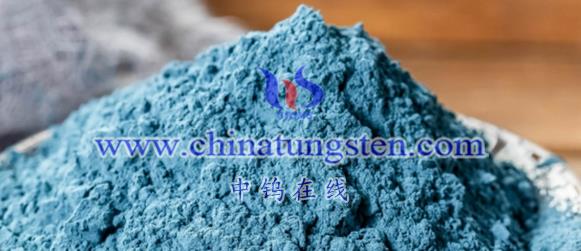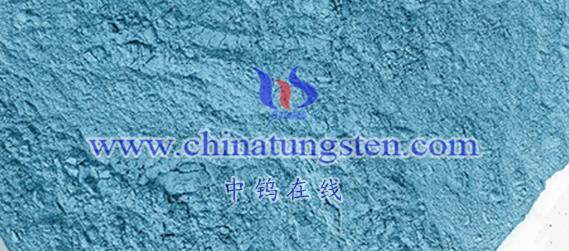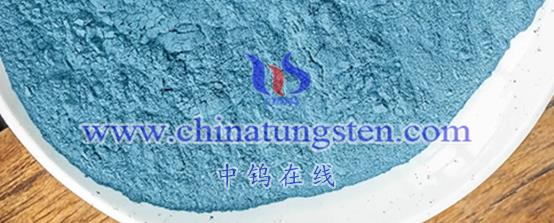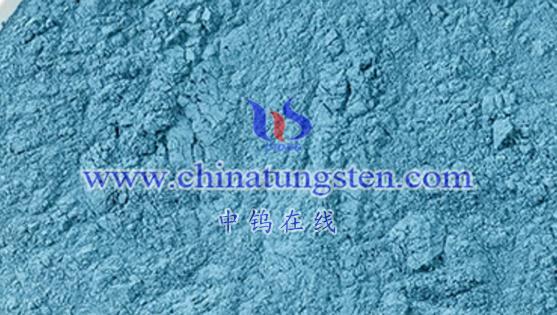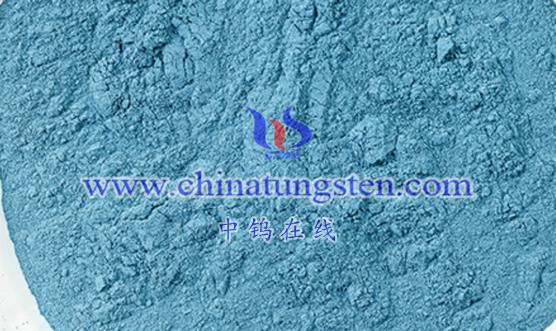
Tungsten bronze compounds have several significant applications in optoelectronic technology, particularly in the following areas:
- Electrochromic Materials
Tungsten bronze compounds, such as NaxWO3, exhibit remarkable electrochromic effects. This effect refers to the reversible change in the material’s optical properties (such as reflectivity, transmittance, or absorbance) under the influence of an electric field. In optoelectronic technology, this characteristic makes tungsten bronze ideal for use in smart windows, displays, and anti-glare rearview mirrors. By applying or removing voltage, the transmittance of these products can be adjusted in real-time, fulfilling various lighting requirements or privacy protection needs. - Optical Filters
Tungsten bronze’s near-infrared absorption properties make it an excellent material for preparing optical filters. In optoelectronics, optical filters selectively transmit or reflect specific wavelengths of light. Tungsten bronze optical filters can be used in infrared detection, thermal imaging, and optical communications, enhancing the sensitivity and accuracy of systems. - Photocatalytic Materials
Although its direct application in photoelectric conversion is less frequently mentioned, tungsten bronze also shows potential in photocatalysis. For example, certain tungsten bronze compounds exhibit good performance in photocatalytic degradation of organic pollutants and photocatalytic hydrogen production. These photocatalytic reactions typically require light energy activation, and the unique structure and properties of tungsten bronze allow it to efficiently absorb and utilize light energy, facilitating the chemical reactions. - Photoelectric Sensors
Due to its sensitivity to both electrical and optical properties, tungsten bronze can also be used to manufacture photoelectric sensors. These sensors can detect light signals and convert them into electrical signals, measuring parameters such as light intensity and wavelength. Photoelectric sensors are widely used in optoelectronics for applications in optical communications, optical measurements, and automatic control systems. - Energy-Efficient Windows
Nanometer-scale tungsten bronze powder is a selective light-transmitting material that allows visible light to pass through while blocking most near-infrared light. This characteristic makes tungsten bronze highly promising for use in energy-efficient windows. By coating the surface of glass or forming thin films with nanometer tungsten bronze powder, energy-efficient windows with excellent thermal insulation properties can be created, effectively reducing energy consumption in buildings.
In summary, tungsten bronze compounds have notable applications in optoelectronics, including electrochromic materials, optical filters, photocatalytic materials, photoelectric sensors, and energy-efficient windows. These applications not only demonstrate the unique advantages of tungsten bronze in the optoelectronic field but also provide new ideas and methods for the development of optoelectronic technology.
More details of tungsten oxide product, please visit website: tungsten-oxide.com
Please contact CHINATUNGSTEN for inquiry and order of tungsten oxide:
Email: sales@chinatungsten.com
Tel.: 86 592 5129595
